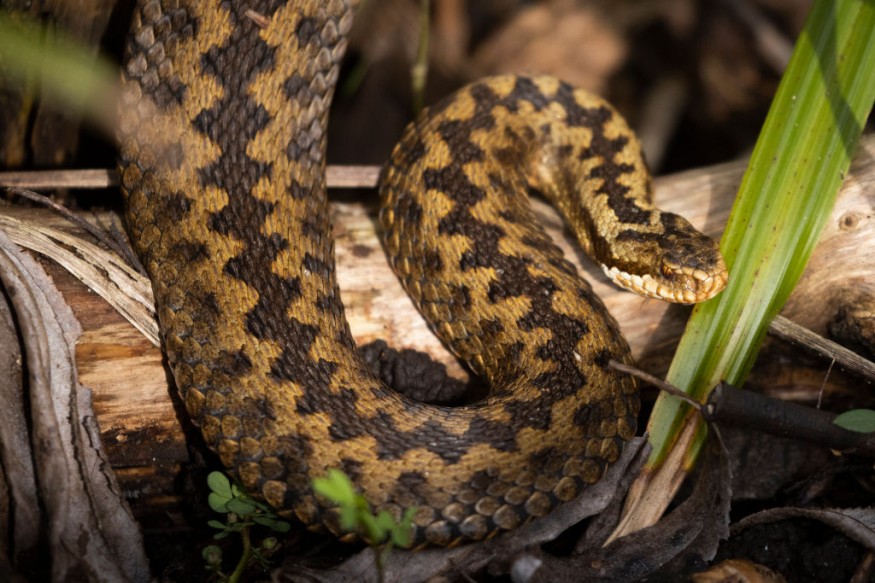History would say that short after the end of age of dinosaurs, their extinction and absence of dominance gave way for several species to freely roam Earth - "a period of dramatic ecological opportunity" - even to those who were limbless.
In fact, studies say there has been a time where a population of birds, mammals and legless reptiles had exploded. An impressive 'diversification' the Cenozoic is commonly referred to as the 'Age of Mammals'.
However, "With nearly as many species of snakes as there are mammals, the Cenozoic might just as well be called the 'Age of Snakes'," researchers wrote.
With nearly 4,000 different species of snake that existed until today, questions are raised such as when and why their diversity has widened. Scientists attempt to remodel snake evolution to find out.
Evolutionary analysis of snakes

With very rare fossil record of snakes, it was rather difficult to gather data, especially the ones alive today is 'very shy and secretive', hence the uncertainty in snake evolution.
To account for these knowledge gaps, scientists created a new model to compare 882 living snake species, using stomach contents of preserved museum specimens, a first-time method that have been incorporated into the evolutionary analysis of snakes.
While there's a long way to go, findings have already suggested that "animal lineages will quickly diverge if given the ecological opportunity."
The boom of growing ecosystem of today also explains why snake population is gradually slowing down. According to the new model, ancestral snakes seem to have a special way of fitting themselves into just about any ecological position.
"Their diversity is pretty recent any way you look at it, but just how many species survived, just which groups radiated when, we're probably going to be working that out for years to come," said evolutionary biologist Nick Longrich, who also authored his own models not too long ago.
Snakes' huge variety of diets
In addition to research findings, ancient snakes had adapted the ability to change their predatory behaviors with remarkable flexibility.
"We find a major burst of snake diet diversification after the dinosaur extinction, and we also find that, when snakes arrive in new places, they often undergo similar bursts of dietary diversification," explains evolutionary ecologist Michael Grundler from the University of California, Los Angeles.
After the initial explosion early on in the Cenozoic, they also found that its members continued to colonize North and South America, causing further 'bursts of adaptive evolution'.
An adoption of special hunting behaviors, perhaps, that ultimately drives the evolution of niche diets in the snake lineage.
It is in fact a unique trait, having simultaneously develop an adaptation to changing ecological conditions, and specialization in diet at the same time.
"One insight to come from analyzing all these firsthand diet observations is that even apparent specialists branch out occasionally. Perhaps those rare sources of ecological variation are what allow snakes to continue innovating over the long run," Grundler noted.
© 2025 NatureWorldNews.com All rights reserved. Do not reproduce without permission.





